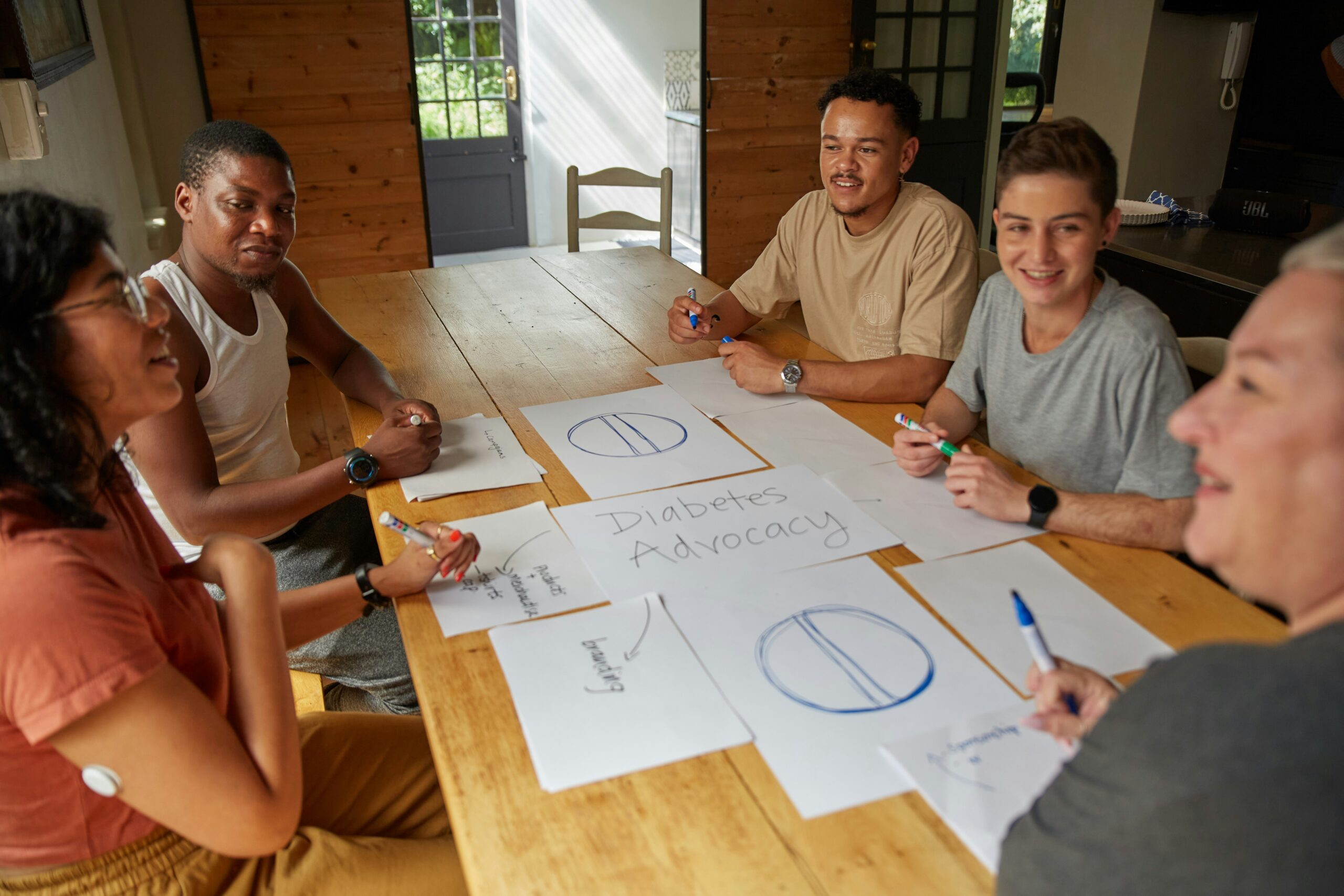
Mentorship is often seen as the cornerstone of personal and professional growth, especially in senior design projects where creativity and critical thinking are tested. A mentor provides not just technical expertise, but also the reassurance that challenges can be met with the right mindset. For students stepping into uncharted territory, mentors act as guides who illuminate the path ahead, offering clarity when ideas feel overwhelming or uncertain.
Moreover, mentorship creates a supportive space for reflection and feedback. In senior design, students frequently face ambiguous problems that don’t have single solutions. Having a mentor allows them to test their ideas, refine their approaches, and gain confidence in their decision-making. This steady guidance often makes the difference between a project that simply works and one that truly inspires.
Sponsorship as a Catalyst for Opportunity
While mentorship emphasizes learning and guidance, sponsorship focuses on advocacy. A sponsor actively promotes students, connecting them to networks, resources, and real-world opportunities. This proactive role helps bridge the gap between academic effort and industry recognition. Unlike a mentor who provides advice, a sponsor champions a student’s capabilities, ensuring their work reaches the right audience.
In senior design, sponsorship might mean introducing a team to a company partner, advocating for funding, or highlighting innovative solutions to influential stakeholders. By doing so, sponsors extend the impact of a project beyond the classroom. This dynamic not only boosts student visibility but also provides invaluable exposure to professional expectations and opportunities.
The Synergy of Mentorship and Sponsorship
Though distinct, mentorship and sponsorship are most powerful when they work hand in hand. Together, they provide both the personal growth and external opportunities needed for innovation to flourish. Mentors nurture confidence and skill, while sponsors ensure that those skills are recognized and valued in broader contexts. This synergy elevates senior design projects from being academic exercises to influential demonstrations of ingenuity.
Importantly, the combination encourages students to aim higher. With mentors guiding their thinking and sponsors opening doors, students gain the confidence to tackle complex, ambitious problems. The result is not only stronger projects but also individuals who are better prepared to thrive in their future careers.
Building Resilience Through Guidance
Senior design projects can be daunting because they simulate professional-level challenges. Mentors often step in to help students navigate these pressures by teaching resilience. They encourage perseverance when prototypes fail, remind students of the iterative nature of design, and emphasize the importance of learning from setbacks. This kind of support helps teams keep moving forward instead of feeling stuck in frustration.
Furthermore, mentorship strengthens problem-solving skills through dialogue and reflection. By asking probing questions and encouraging students to think critically, mentors help uncover fresh perspectives. Transitioning from initial struggle to breakthrough innovation becomes less intimidating when students know they have a mentor to consult, which makes resilience a natural part of the process.
Cultivating a Lasting Impact
Mentorship and sponsorship in senior design don’t just benefit students during the course of a project—they create long-term value. Students carry forward the lessons of resilience, collaboration, and self-advocacy into their professional lives. The skills gained through this dual support system make them adaptable, innovative, and prepared for evolving workplace challenges.
Moreover, the impact of mentorship and sponsorship in senior design projects extends well beyond graduation. By blending academic insight with real-world advocacy, students become better equipped to thrive in engineering education, industry innovation, and future leadership roles. These relationships empower student success, fuel creative problem-solving, and strengthen the bridge between classroom learning and professional achievement. Ultimately, this combination of guidance and advocacy transforms senior design into a launchpad for ingenuity and long-term career growth.